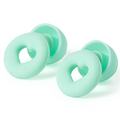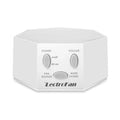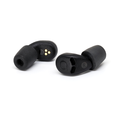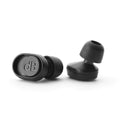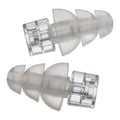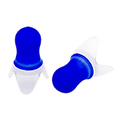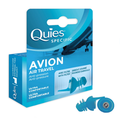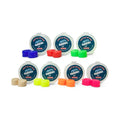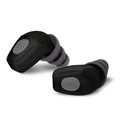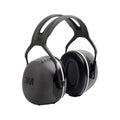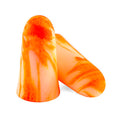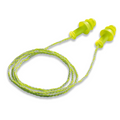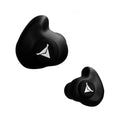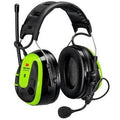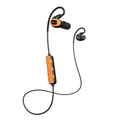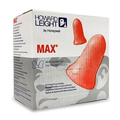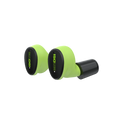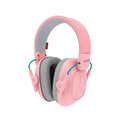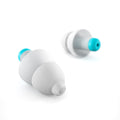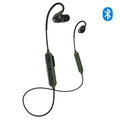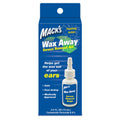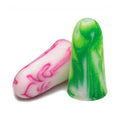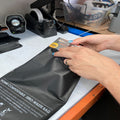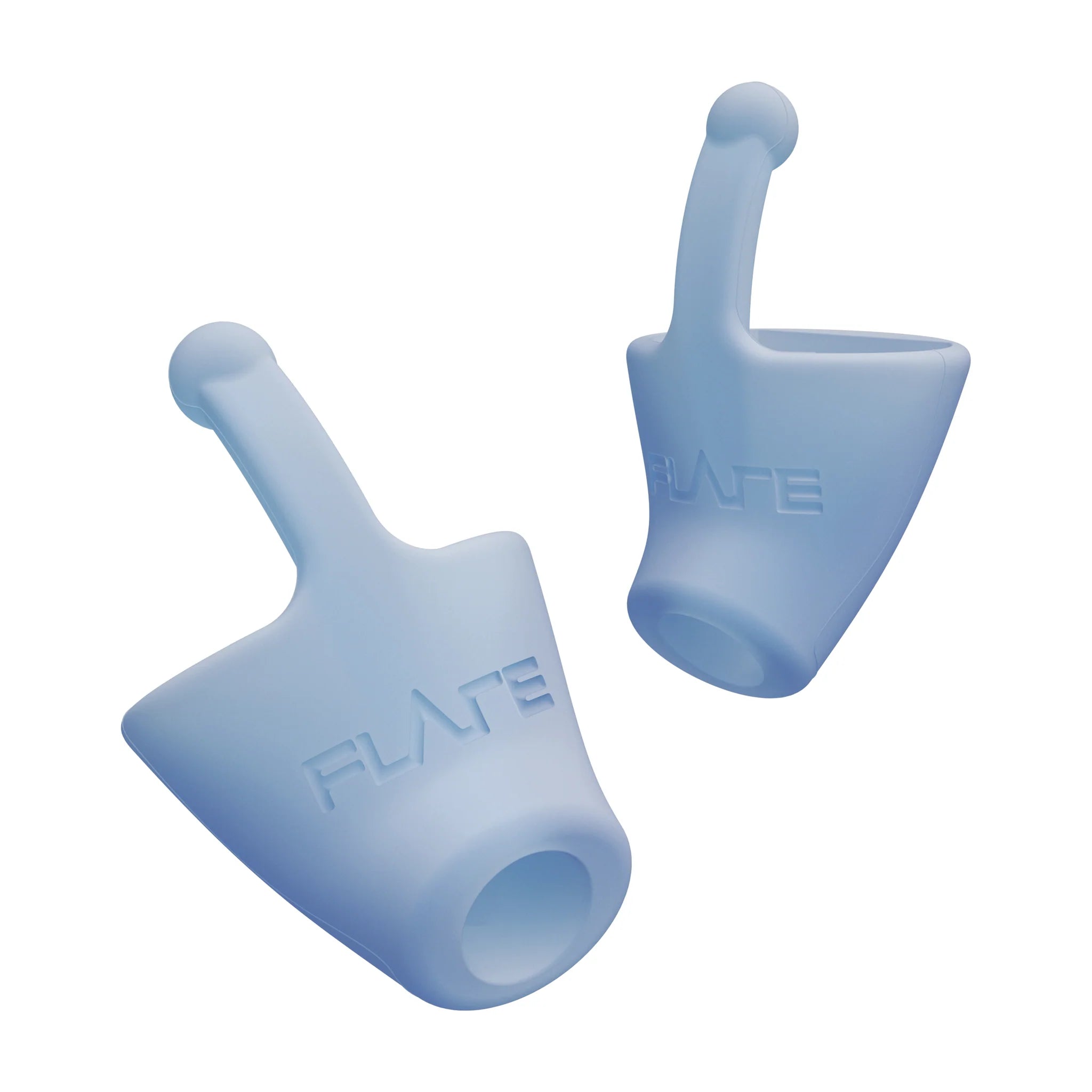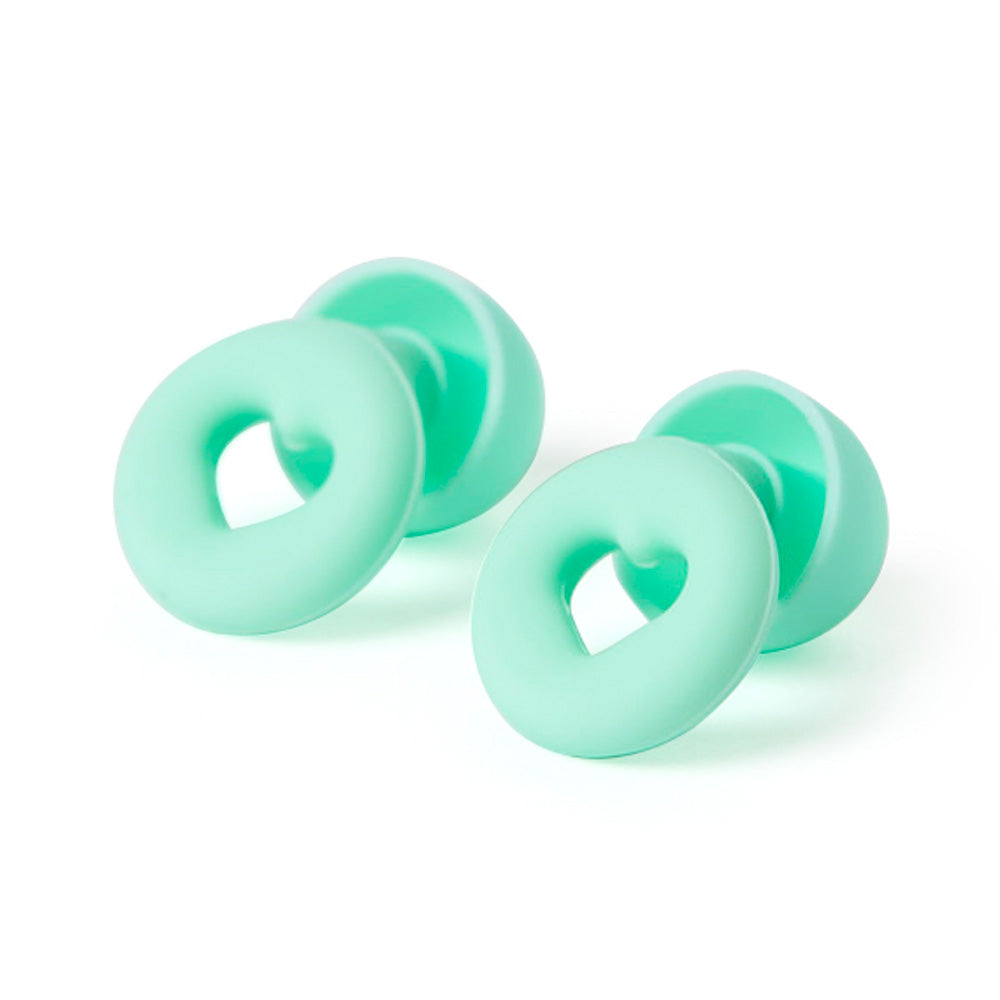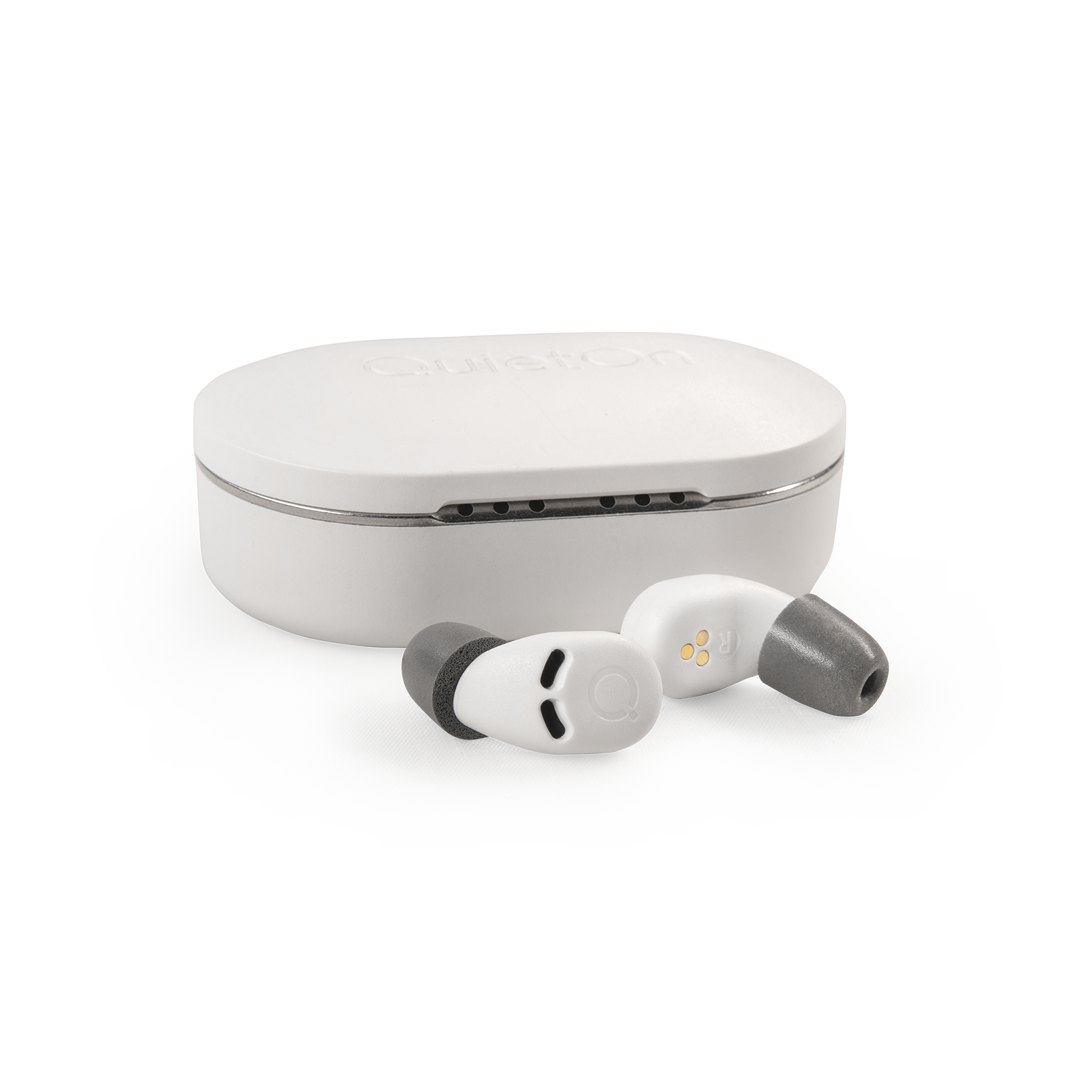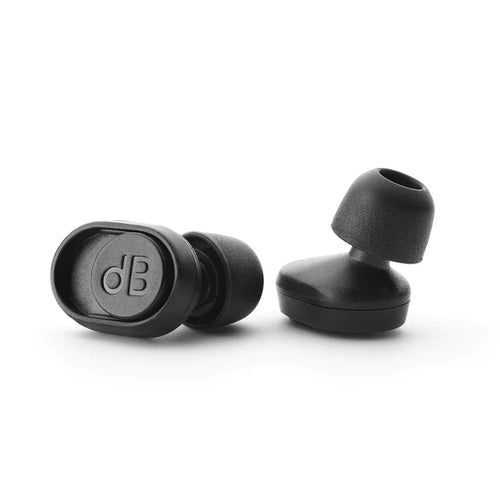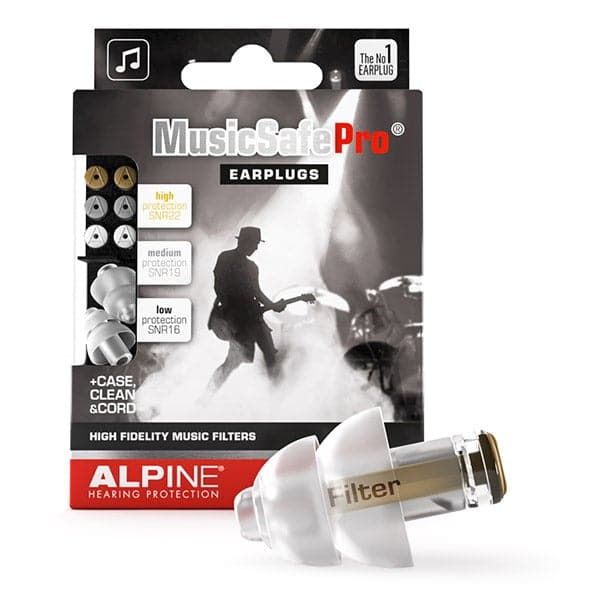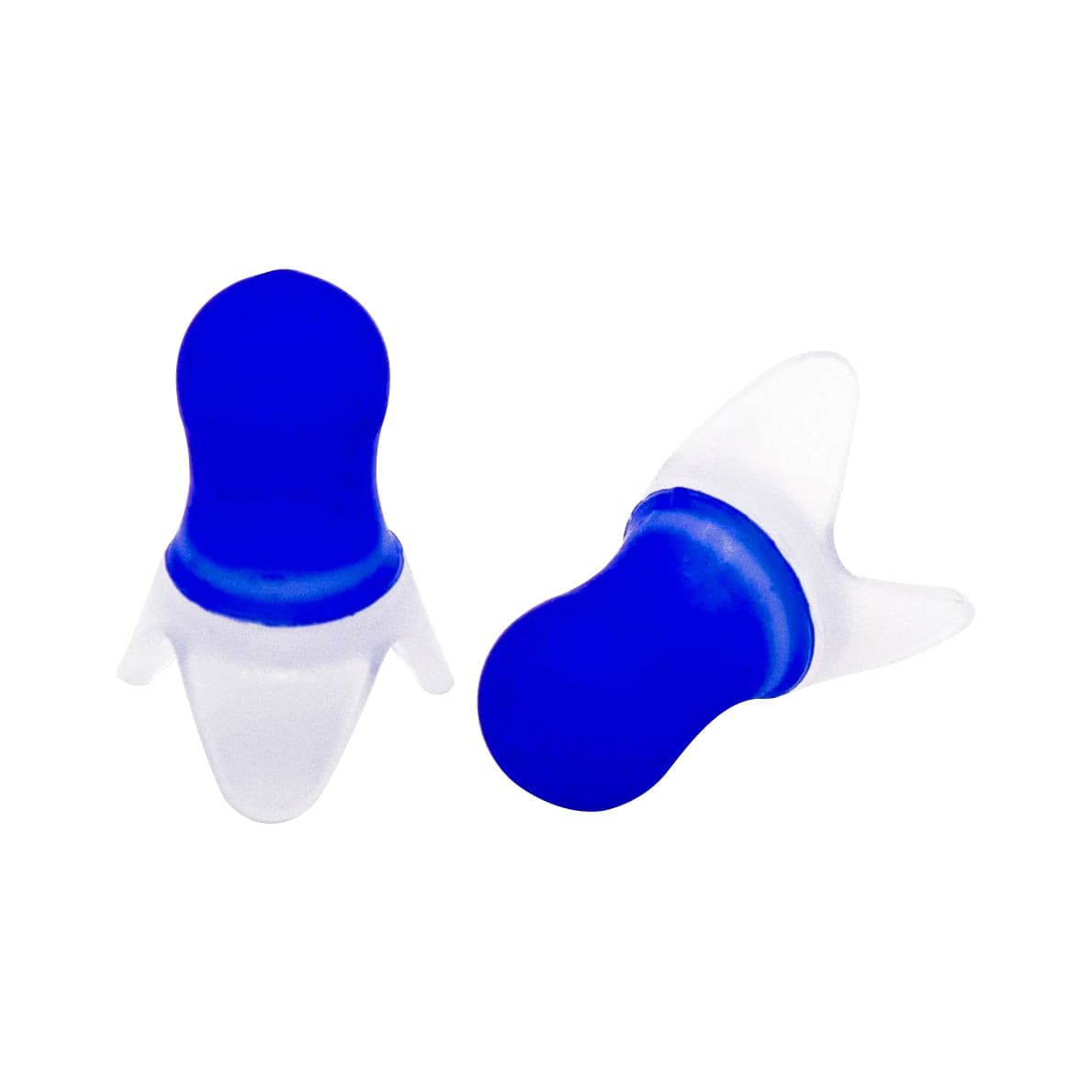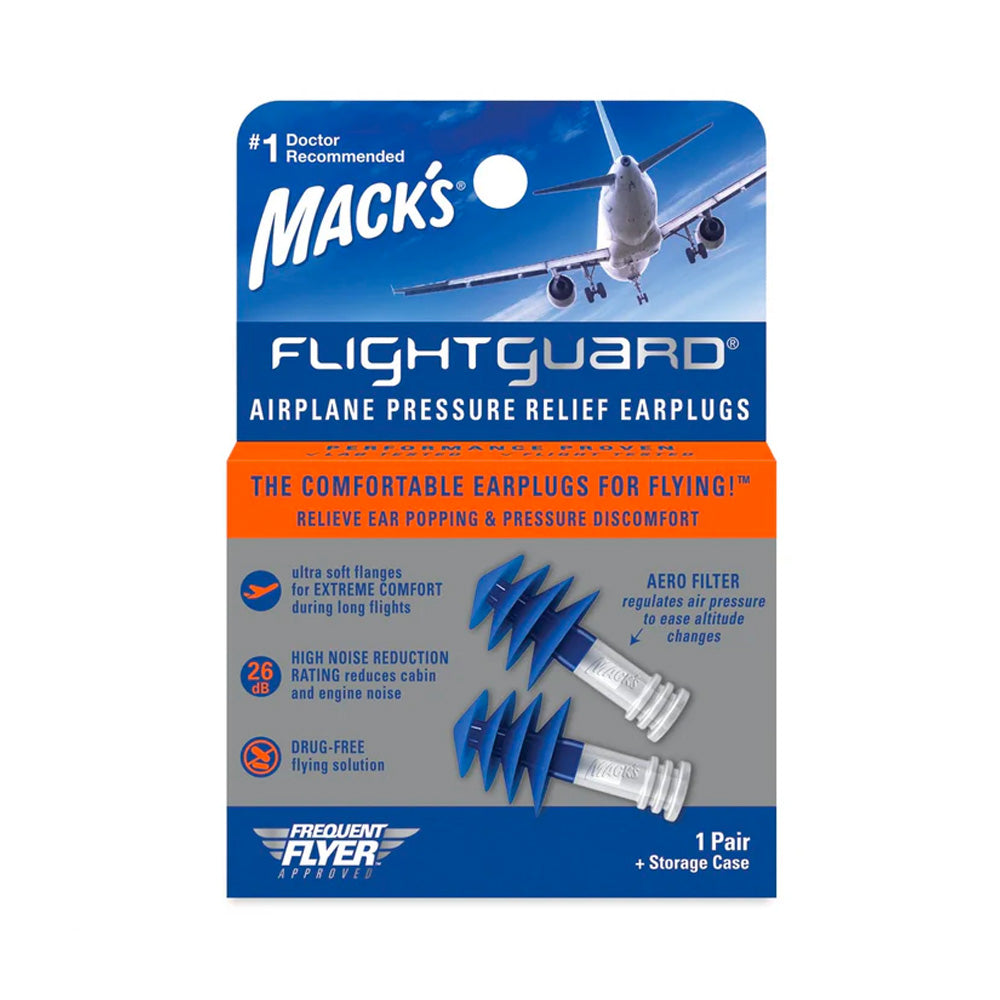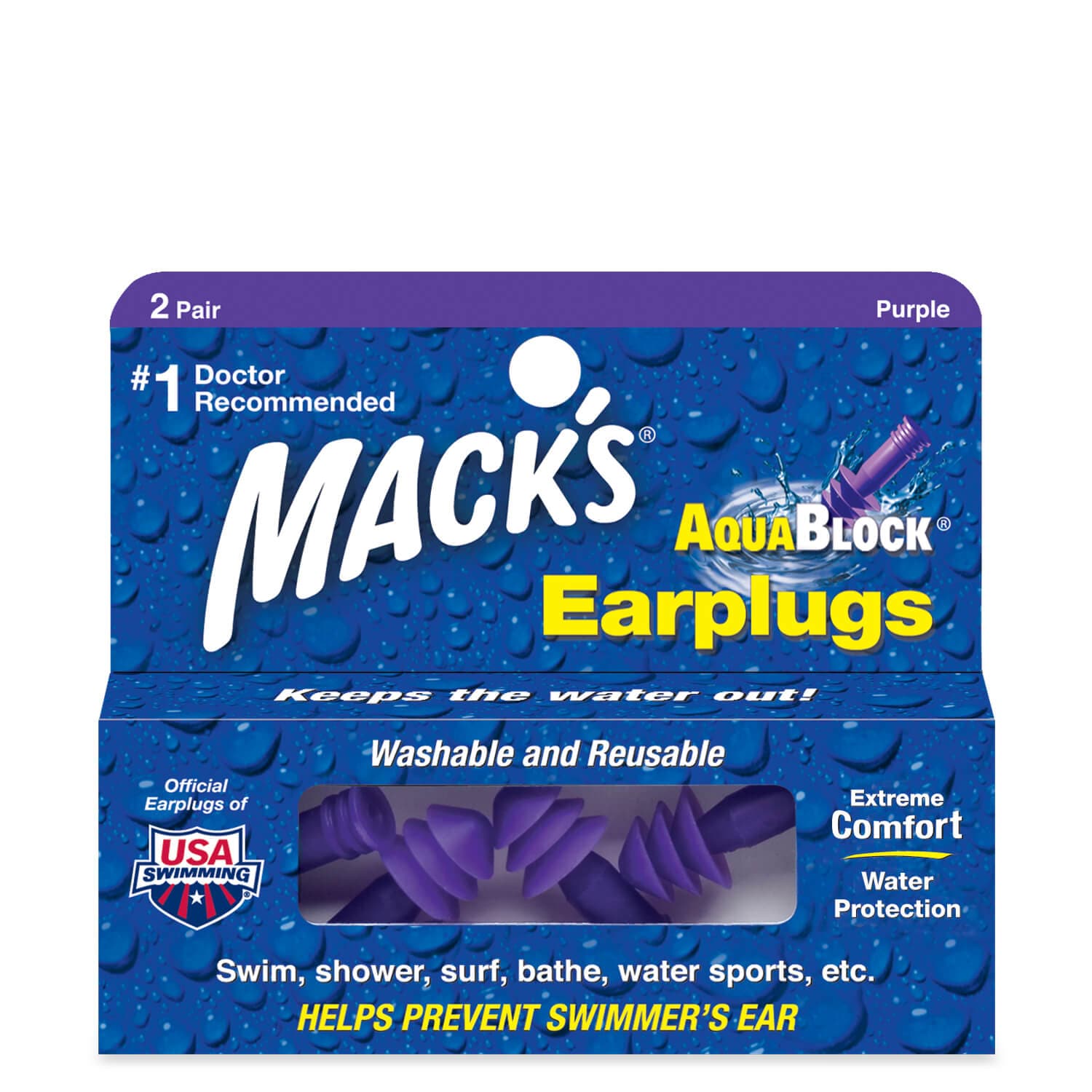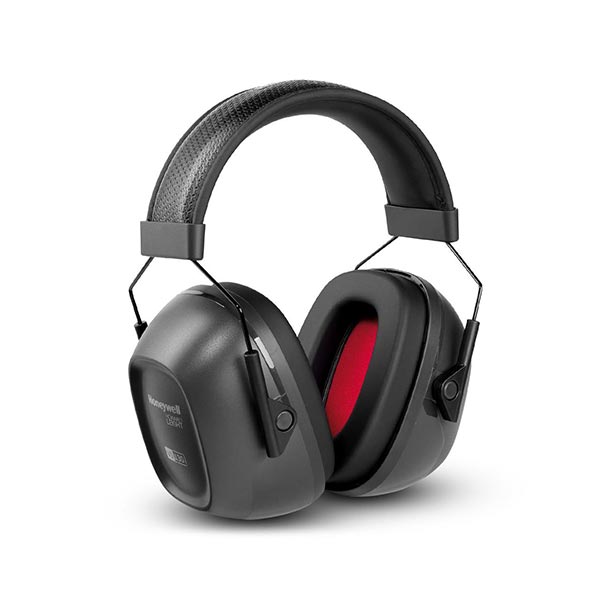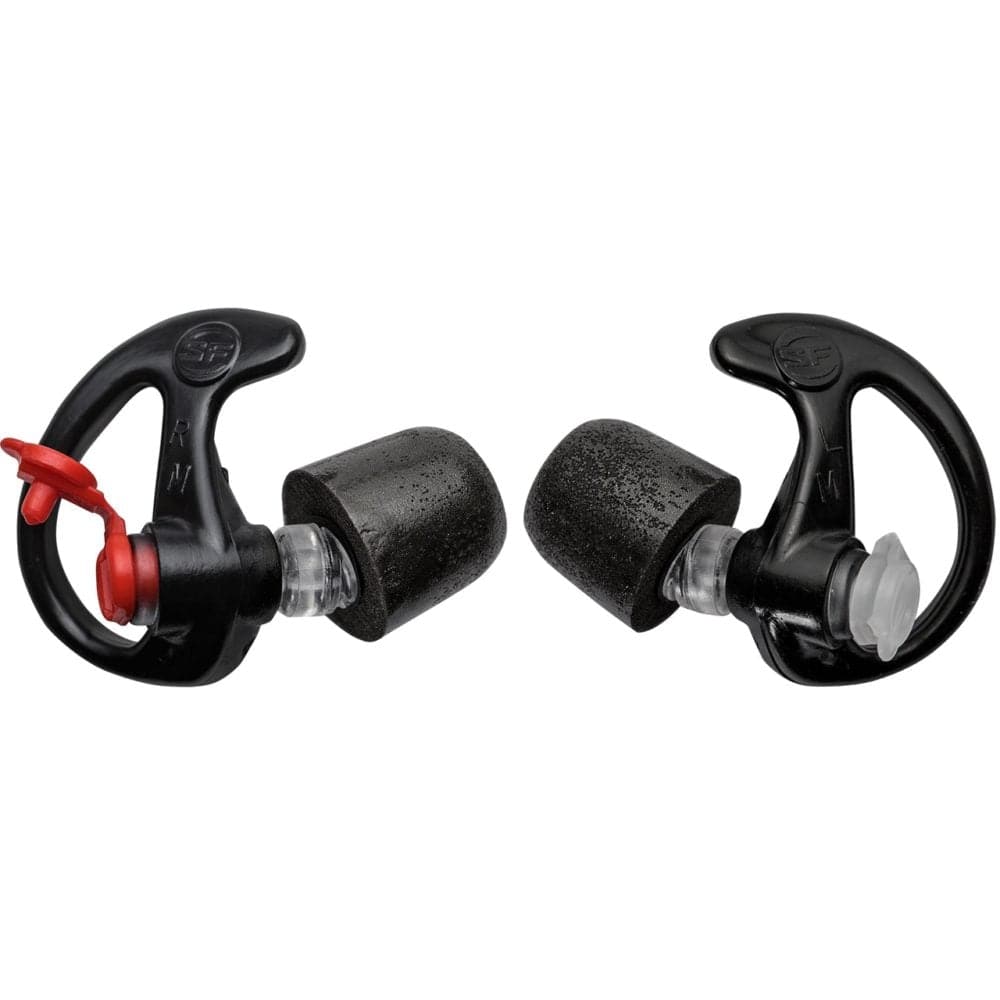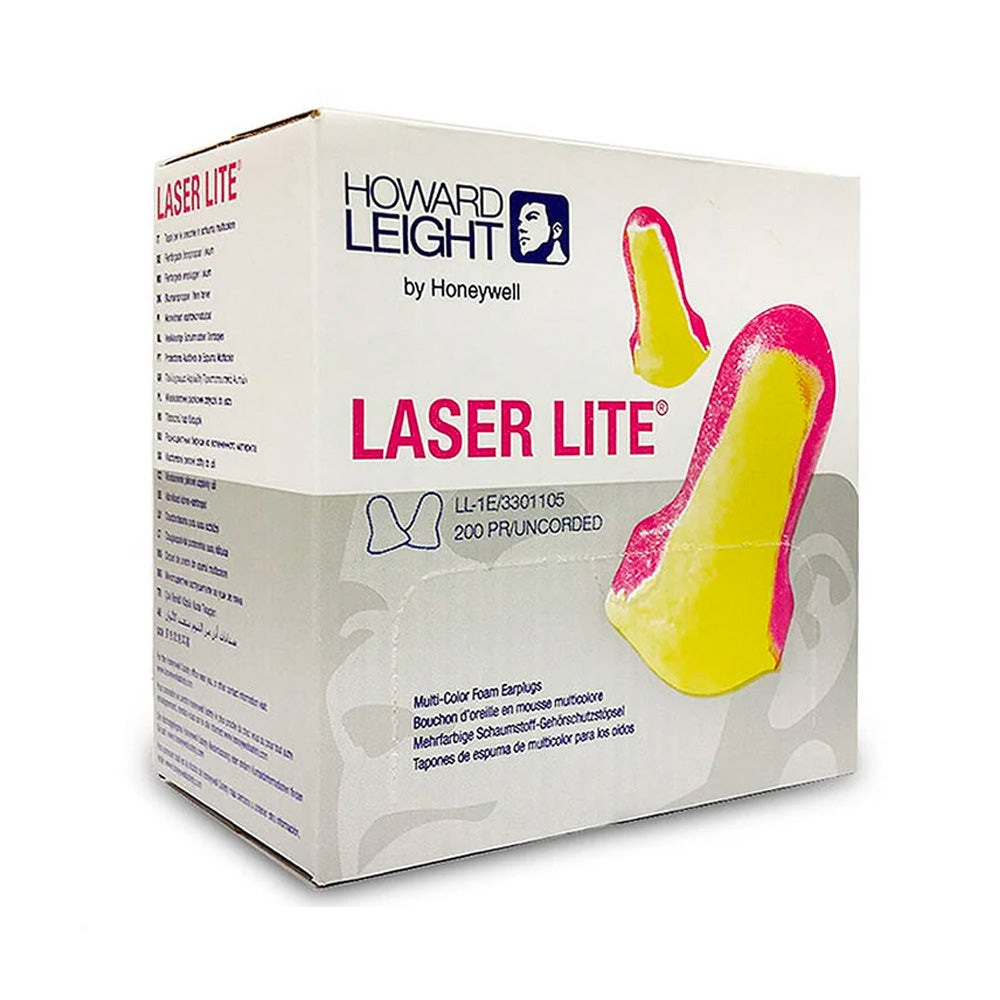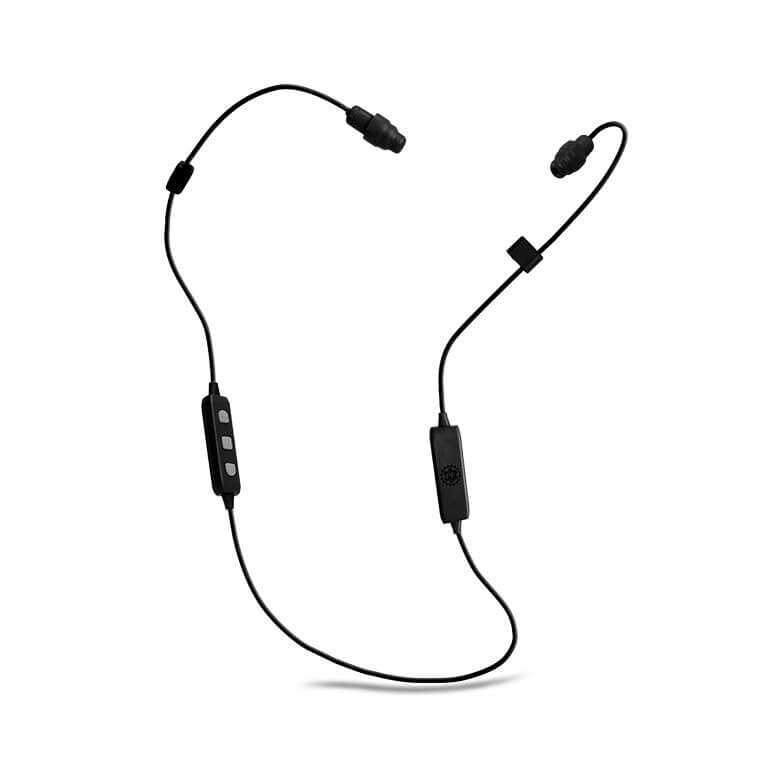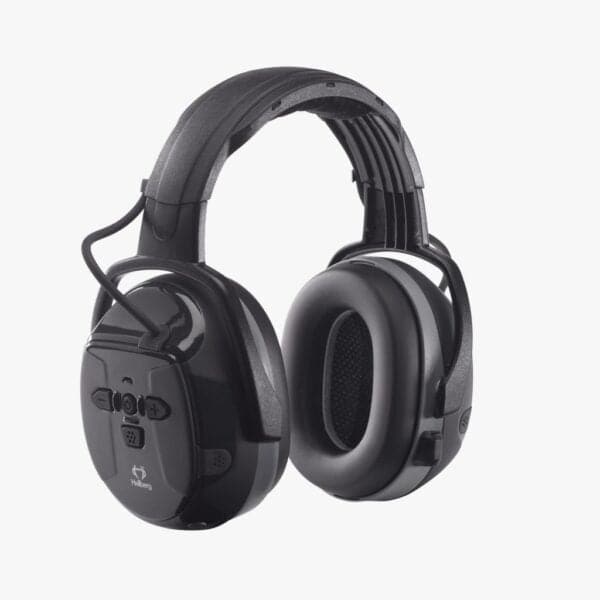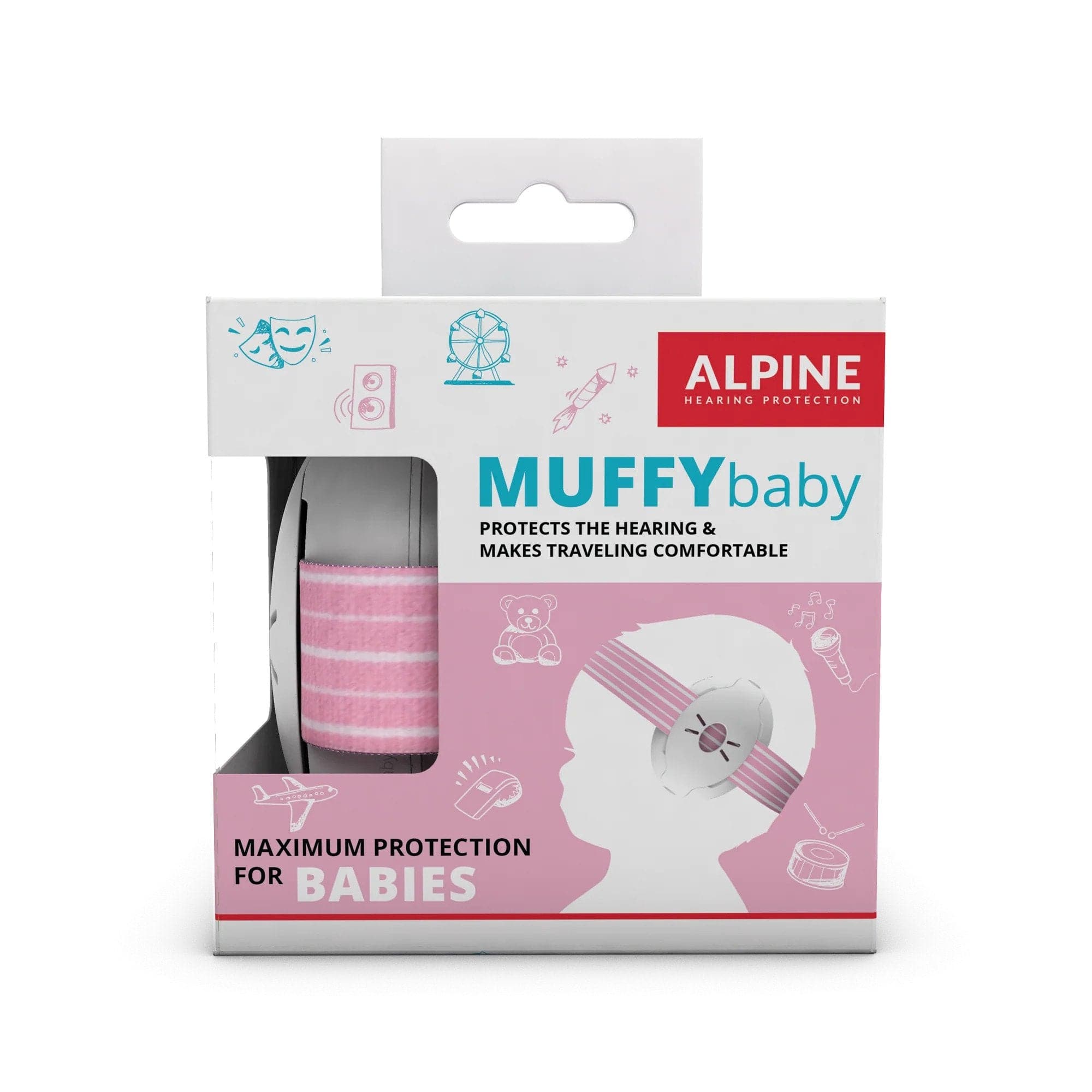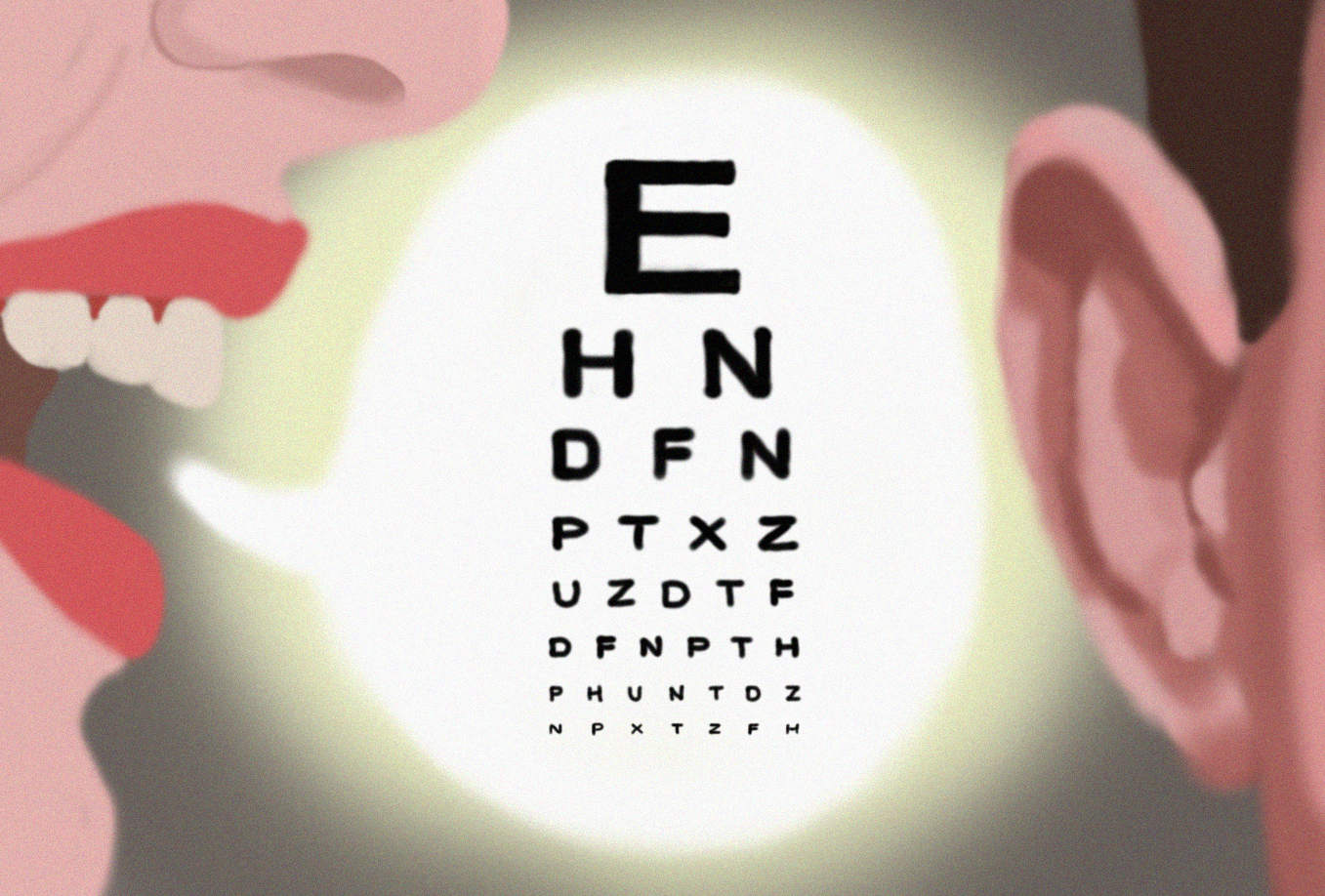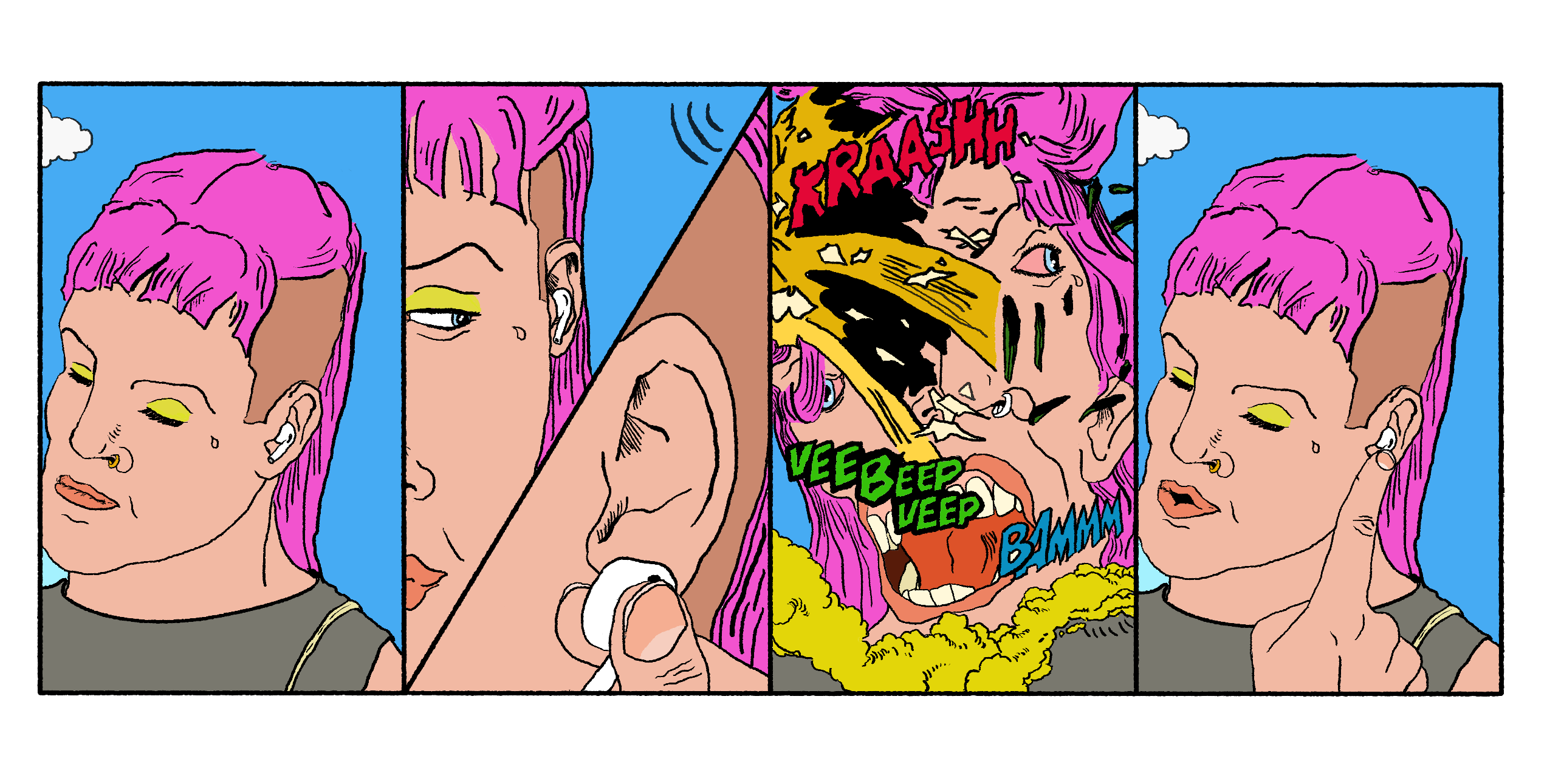A lot of our customers get in touch telling us they’re worried about their ears, they spent their youth at the front of rock concerts or riding illegally-modded motorcycles and they’re starting to feel the effects of hearing loss. We always answer the same way: get a hearing assessment.
But for a lot of people, the thought of going to a doctor or medical professional can be quite daunting. In this guide, we’re going to take you step by step through what happens at a free fifteen minute hearing assessment, to take away some of that fear and hopefully get you on your way to a test that will help you care for your ears.
This time, we chose to go with Specsavers. They offer a free fifteen minute hearing assessment at many of their stores with an audiologist. A short assessment like this is not going to give you all the information, but it’s a simple and effective starting point that puts you in the position to determine the condition of your ears.
I booked online on their website, but if you don’t have one near you just google ‘free hearing assessment’. Often, there’s a local chemist, GP, or other practitioner in your area who’s able to book you in. If you can’t see one, inquire with your GP about whether a bulk billed hearing assessment is available, this is even better.
A few things to keep in mind before you go in. You want your ears to be as clean as possible before you have your assessment, it makes it easier for the hearing professional to see if any damage has been incurred on the eardrum. Don’t use Qtips. This can just impact the wax further, making it harder to hear (and see into!) You should use some wax drops (we have a whole collection of ear wax products here, but you can also just go to your local chemist). Our guide to cleaning your ears safely is here.
Arriving at the test
Once you’ve arrived and checked in at the desk, don’t be afraid to ask questions. Being a bit worried about medical assessments is perfectly natural, and the person performing your test should be all too happy to let you know what they’re doing every step of the way.
At the beginning, the audiologist will introduce themselves and outline that you’re going to have a free hearing consultation. They may indicate to you that this is only a preliminary test and, if damage is found, that you may need to have further tests. This is all totally normal. Before you begin, they’ll confirm your name, date of birth, address, and email — to ensure that the right person is having the test at the right time. They’ll then ask you about your ears. Some common questions include:
- Have you had any concerns with your hearing lately?
- Have you noticed any ringing in your ears? Or trouble hearing?
- Are you exposed to loud noises at work? Do you have to wear hearing protection at work?
- Do you have any family history of hearing loss or conditions related to hearing?
- Do you listen to loud music, use power tools, etc?
If you don’t know how to answer these questions, you may want to have a look at our blog post about determining hearing damage here. This will help you take a ‘hearing diary’ that can help find out the source of the damage. When you answer these questions, you give the audiologist a broad understanding of your ear health. It can help them determine what might be wrong with your ears and what to look out for during your test. At this stage, it’s a good chance for you to make any concerns you have known. If there’s something you think they’ve missed, tell them.
The next stage of the hearing test involves inspecting the ears, with a microscope-like device called an ‘otoscope’. Don’t worry, it isn’t painful at all, and they’re not going to insert it deep into your ears — it goes nowhere near your eardrum, but will let them take a look at it. In this stage of the test, they’re looking to see if there’s any specific damage to the ear drum or nerve. If they find damage, it may be a sign that you need further tests. (This is also the part of the test where they notice earwax — another reason to put drops in for a few days before arriving!)
At this stage, they may tell you that there’s no sign of damage, there’s some damage, or that you have a wax build-up that might be impacting your hearing. This concludes the first half of your free hearing assessment.
In the second half, you’ll put on a large pair of noise cancelling headphones and likely be given an iPad or other tablet. In this stage of the hearing test, a variety of tones will be played through the headphones: first in your right ear and then in your left. They will all be different volumes and frequencies, and you will press a button when you hear the noise play. In this section of the test, the audiologist checks how well your ears pick up on different kinds of noises. By testing one ear at a time, they get the best information as to whether you have hearing damage to both, one, or neither ear.
The noises will be very quiet at some points. Don’t let this bother you. Similarly, don’t try and pre-empt or cheat the test. Make sure you only click the button when you can actually hear the noise. At the conclusion of the test, a graph will appear on the screen, which will then also be emailed to you. It will be colour coded, showing whether your hearing performance is within normal boundaries or if there are signs of damage.
For individuals with healthy hearing, the test ends here. Congratulations! If there are signs of damage, you may need more testing. Make sure to ask for a bulk billing (i.e. free) option, or if there are any further costs. If you are unable to get a bulk billing appointment, see if you can get one from another provider (this may require a phone call to your GP). You should have a copy of your hearing results in your email, which you should take with you to any further hearing tests.
Above: A sample of the test results, where green indicates healthy performance. As you can see, the Earjob Support Team takes good care of their ears.
A free hearing test isn’t always the most comprehensive examination, but it is a simple, painless, and convenient way of getting a big picture look at your hearing. While medical examinations can be intimidating, there’s nothing to be afraid of with a hearing test, and no painful inspection of the ear. If you’ve noticed that your hearing is being funny, it’s worth booking in early to see if any damage can be taken care of before it sets in.
One thing before we go, though…
Sometimes, people tell us their ears are shot only to realise later that they were just (watch out this is gross) full of wax. If you have small or narrow ear canals, wear earphones or earplugs for long periods of time without a break, or spend a lot of time in the water, you may find that your ears generate more wax than usual. Too much ear wax can cause blockages that reduce your ability to hear. Don’t worry, we have an extensive guide for dealing with earwax here.

